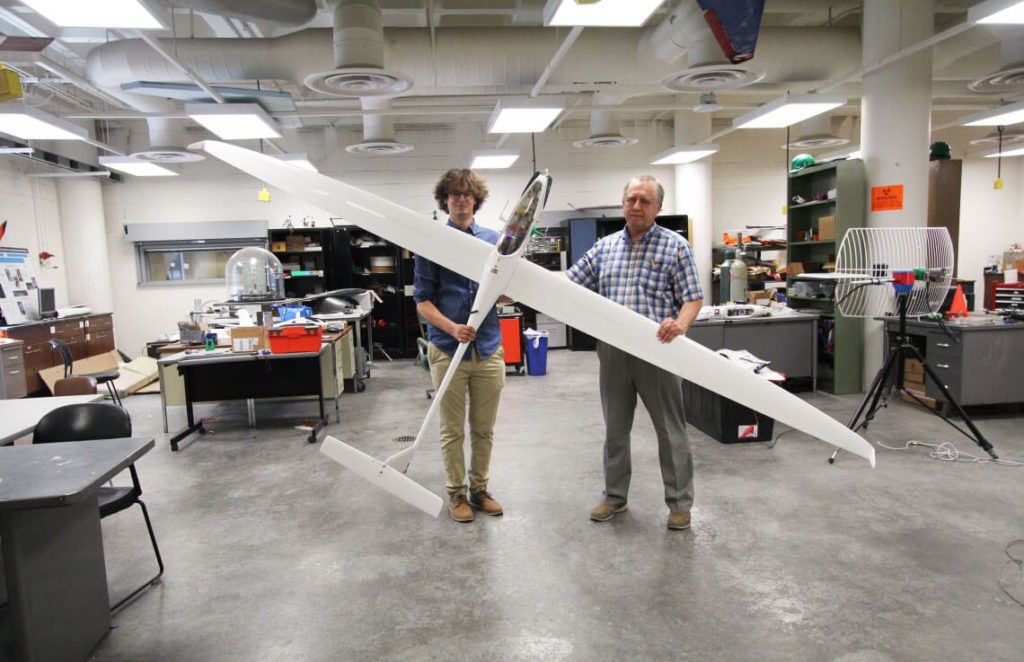Engineers have developed a non-motorized glider that can hover over the Martian surface for
In his work, published in the journalAerospace, the researchers describe the concept of a small aircraft with a wingspan of just under 3.5 m. Lightweight, low-cost wind-powered gliders use several different flight methods: simple static hover in the presence of sufficient vertical wind and dynamic hover.
Dynamic soaring is a method based on the increase in horizontal wind speed with altitude. Such a phenomenon, as shown by previous missions, is widespread on Mars.
 Scheme of dynamic soaring. Source: Adrien Bouskela et al, Aerospace
Scheme of dynamic soaring. Source: Adrien Bouskela et al, Aerospace
Dynamic hovering is similar to the S-shaped layout,which skiers use to descend the mountain. The glider will move along a winding path. Every time it changes direction, it also starts to gain altitude. The difference in horizontal wind speed during this maneuver helps to accelerate the aircraft.
Airplanes fly at a slight upward angletowards a slow low wind, the researchers explain. When they reach the faster high-altitude wind, they turn 180 degrees and allow the high-speed wind to move forward at a slight downward angle. When the energy from the high-speed wind runs out, the aircraft repeats the maneuver.
 The device will be able to carry a payload that includes various sensors for exploring the red planet. Image: Emily Dieckman, College of Engineering, the University of Arizona
The device will be able to carry a payload that includes various sensors for exploring the red planet. Image: Emily Dieckman, College of Engineering, the University of Arizona
There are already aircraft on Mars, butthe difficulty of flying in the rarefied atmosphere of the red planet requires a lot of energy to create lift. For example, the Ingenuity helicopter uses solar energy. At the same time, the charge is enough to fly about three minutes at a time at a height of only 12 meters, the engineers say.
The researchers plan to test their device in the Earth's rarefied upper atmosphere before the end of summer to demonstrate the glider's ability to fly on Mars.
 Device prototype. Image: Emily Dieckman, College of Engineering, the University of Arizona
Device prototype. Image: Emily Dieckman, College of Engineering, the University of Arizona
Read more:
A black hole in the galaxy proved Einstein right. The main thing
"James Webb" will show space before the Big Bang: astronomers on the verge of a global discovery
Look at the celestial "Titanic" that will run on nuclear power